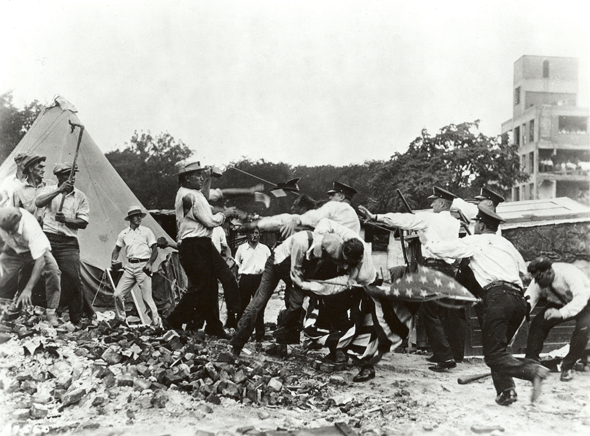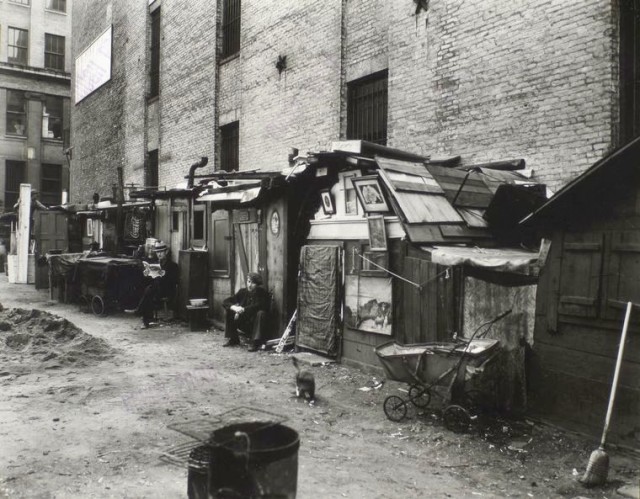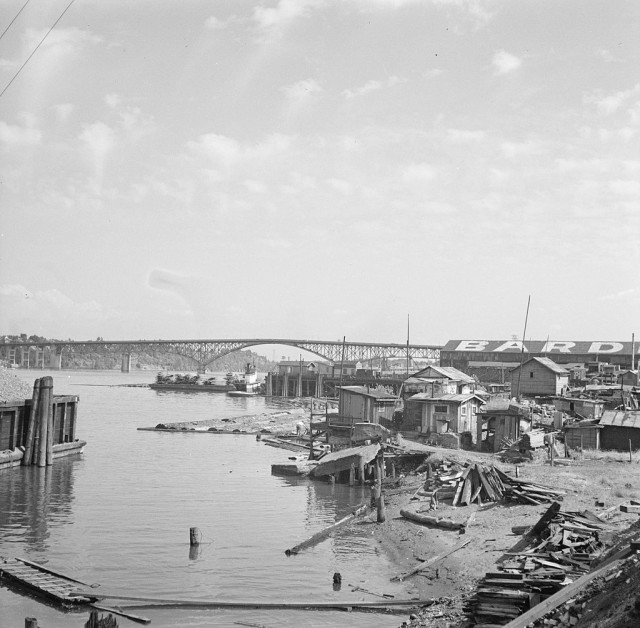Some Medieval Towns Handled Plagues Better Than Trump's Unequal, Rundown America
'Some medieval Towns Handled Plagues Better Than Trump's Unequal, Rundown America,' Common Dreams, by F. Douglas Stephenson, Apr. 25, 2020. Excerpts:
King Soloman in Ecclesiastes 1-9 tells us that “The thing that hath been, it is that which shall be; and that which is done is that which shall be done: and there is no new thing under the sun.” President Harry S. Truman stated that, “The only thing new in the world is the history you do not know.” Many plagues beside Covid-19 have occurred over history, and awareness of the history of epidemics, health programs, solutions and social policies used to combat them can guide us toward a more stable society and healthy future.
1) Plagues of Yunan province China 1855 spread to India killing 15 million.
2) The Great plague of London 1665-1666 killed 100,000. Quarantined houses had a Red Cross painted on the house to warn people to stay away. Children sang a little song: “Ring-a-round the rosie, A pocket full of posies, Ashes! Ashes! We all fall down.”
3) The Black Death in Europe 1347-1353 killed almost half of Europe’s population of 50 million.
4) In 1629 to 1631 the Republic of Venice lost 1/3 of its population, and half the population of the Italian cities Parma and Verona.
5) 1918 Spanish flu.

- The Black Death in the 14th c. killed as much as half of Europe's population.
Interestingly, the Italian city of Ferrara managed to prevent a single death even as other surrounding communities were being devastated. Records from that time reveal that they prevented epidemic in their 12th century city by using basic principles of public health and social service, some of which are still used in the 21st century. Ferrara had paved roads in 1375 and a municipal sewer system since 1425. It was a walled city and during times of the plague they closed all but two of the city gates and posted surveillance teams at the gates to ensure that anyone who came in came from a plague free zone. They would then be screened for any signs of disease. Those suspected of being ill were moved into two hospitals located outside of the city walls. The city had carefully controlled sanitation campaigns; streets were swept of garbage and cleared of cats, dogs and chickens...
Strong public health measures combined with very strict enforcement accounted for much of Ferrara success in avoiding the deaths of their citizens, and personal procedures such as washing the body carefully every day also contributed to avoiding the spread of infectious disease. Just like today’s advice, nothing new under the sun-
Certainly nothing new under the USA sun, the 1935 New Deal of the Roosevelt administration was a successful social and economic program, much of which could still be similarly applied to cope with the scale of the 2020 economic/Covid-19 depression now engulfing the nation. FDR’s economics called for creating new legislation, agencies, jobs and social services. Roosevelt’s “Brain Trust” designed the famous “3 R’s” included RELIEF by taking immediate action to halt deterioration of the economy. RECOVERY included “pump priming” using temporary programs to restart flow of consumer demand. REFORM programs were designed to avoid another depression and insure citizens against economic disasters. Examples include the New Deal idea of a federal safety net of Social Security in the 1930s, and was a foundation for Lyndon B. Johnson’s Great Society and Medicare health insurance program of the 1960s. FDR and LBJ asked all working adults to care for American seniors and the poor.
Prior to FDRs New Deal, the USA still closely resembled 19th century life and functioned with the pre-depression social and economic policies of GOP Presidents Calvin Coolidge and Herbert Hoover. Highlights of that era include: America suffering hunger and bad health in all age groups; no public health programs; no substance abuse or mental health programs; epidemics of typhoid, cholera, polio; unpaved, impassable country roads and unpaved town streets; industrial waste and fetid sewage polluting beaches, lakes, streams, rivers; much illiteracy; reduced productivity and creativity; indigence in old age; urban riots often accompanied frequent bank failures that wiped out depositors.
Retired people could not turn to the government for medical and income security. If they had children, that responsibility fell directly to them. Similarly, proposed 2020 GOP/Herbert Hoover style Republican austerity cuts to Medicare and Social Security are inhuman and shocking because they shift these costs from the federal budget back to non-existent family budgets or to fast shrinking state budgets...
More, https://www.commondreams.org/views/2020/04/25/some-medieval-towns-handled-plagues-better-trumps-unequal-rundown-america
niyad
(113,259 posts)appalachiablue
(41,126 posts)Homelessness was present before the Great Depression and a common sight before 1929. Most large cities built municipal lodging houses for them, but the depression exponentially increased demand. The homeless clustered in shanty towns close to free soup kitchens.
A “Hooverville” was a shanty town built by homeless people during the Great Depression. They were named after Herbert Hoover, who was President of the United States during the onset of the Depression in 1929 and widely blamed for it.

- 1932, 'Bonus Army' World War I Vets camped in D.C. who hoped to redeem bonus coupons tangle with police.
The Bonus Army, a group of WWI veterans seeking expedited benefits, established a Hooverville in Anacostia in the District of Columbia in 1932. At its maximum there were 15,000 people living there. The camp was demolished by units of the U.S. Army, commanded by Gen. Douglas MacArthur.


- Huts and the unemployed in New York City, West Houston & Mercer Street, 1935.

- 'Hooverville' Shantytown near Portland, Oregon, 1930s. FDR was elected in Nov. 1932 and inaugurated in March, 1933.
https://www.thevintagenews.com/2016/04/11/life-in-hooverville-photos-of-inside-the-shanty-towns-of-the-great-depression/
SheltieLover
(57,073 posts)SheltieLover
(57,073 posts)👍 TY for posting. ![]()
![]()
appalachiablue
(41,126 posts)We've fixed it before, and can do it again.